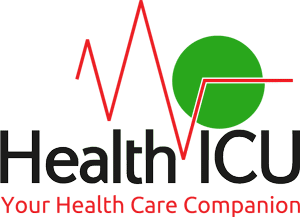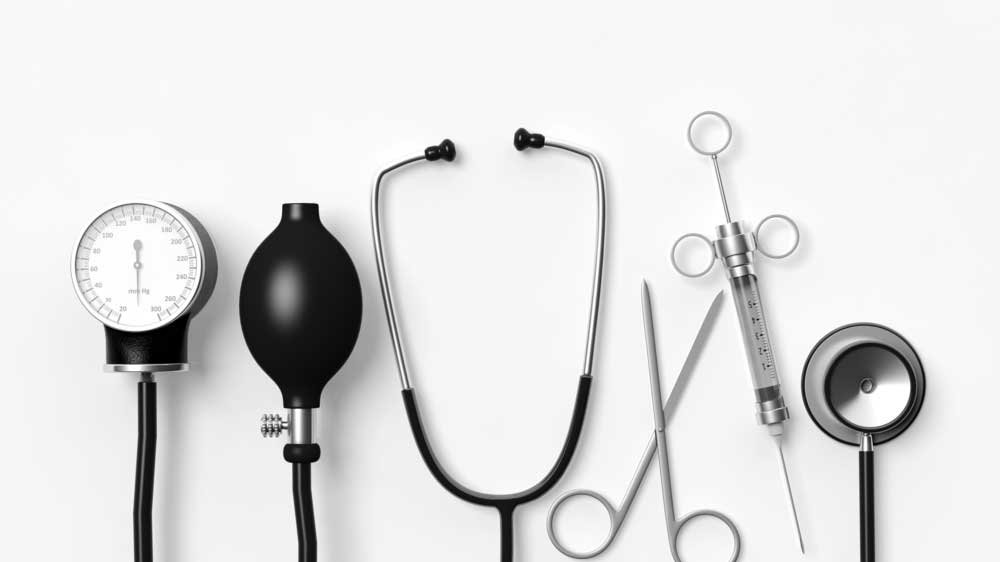More medical devices are entering the industry every day, and many of these devices are portable. As a result, more medical devices are becoming a common part of today’s households. Home healthcare agencies are beginning to employ these medical supplies to provide their clients with better healthcare. A good example of this home invasion is the blood pressure (BP) monitor. Earlier, high/low blood pressure patients had to be taken to a nursing home or hospital to have their BP monitored. Today, such patients can have their BP monitored at home, using automatic, digital home monitors. Here’s a list of most of the equipment, medical supplies, and devices being used in home healthcare.
Before we delve into the actual equipment, let’s discuss the different categories of medical supplies being used in home healthcare.
- Electronic – Like the BP monitor, there are medical devices that assist in the creation of Electronic Medical Records (EMRs) and Electronic Health Records (EHRs). These records act as a great reference point for physicians treating your loved ones.
- Diagnostic – Diagnostic tools are used to screen for certain health conditions. Geriatric patients are at high risk of developing new medical disorders at any given time. By investing in diagnostic devices, home healthcare aides can identify symptoms in advance and get their patients access to the right medical treatments.
- Self-care – Self-care devices are what patients can use safely at home without the presence of a physician. These devices make the lives of patients easier. Hearing aids, diabetes management systems, and mobility aides all fall under this category.
- Surgical – Examples of surgical tools are the stainless steel equipment used during surgery and the deep-reaching scopes that give surgeons visibility when conducting complex medical procedures.
- Intensive care – Medical instruments used in hospitals, especially for acute care are referred to as intensive care devices. These are separate from home care or self-care devices because their use requires the presence of a qualified physician or nurse. This category of home healthcare equipment includes general-purpose trays, minor procedure trays, wound, and skin care kits, and intensive monitoring systems.
- Durable medical equipment (DME) – Durable medical equipment are created so their users can rely on their physical durability. This category of equipment includes transfer equipment, bath safety, wheelchairs, and walking aids. This equipment is generally tested under extreme conditions for their anti-slip and load-bearing capabilities.
- Trauma and emergency – The department of a hospital needs to be well-equipped because it’s the only department that sees so many diverse medical conditions. More patients are seeking emergency care as they can’t afford to pay a primary doctor for individual care. Home healthcare agencies sometimes invest in emergency and trauma equipment to take care of patients in-transit until they can be safely transported to a hospital. Trauma and emergency equipment include exam tools, wound care supplies, personal protective gear (for safety from infections), respiratory therapy equipment, and minor procedure kits.
- Long-term care – Long-term care supplies are typically used in healthcare centers such as hospices and assisted living centers. However, some long-term care medical devices are important in providing quality home healthcare to patients. This category of equipment includes therapeutic chairs, beds and mattresses, mobility assistance products, exercise and physical therapy equipment like the High-Low Mat Table by Barihab by Therapeutic Industries, and grooming and dressing aids, and incontinence management supplies.
- Storage and transport – Terminally ill patients and emergency or trauma patients need to be safely transported from their homes to hospitals or nursing homes. Storage and transport equipment such as cases, storage, supply and linen carts, food carts, and procedure carts are some of the most common types used in home healthcare – some may even buy Chemical Storage Cabinets if they are going to be handling hazardous materials to keep them stored away safely.
Running list of home healthcare equipment, medical supplies, and devices
Here’s a list of the different types of healthcare equipment in which you may want to invest for your home healthcare agency.
- Dosing equipment such as cups, eyedroppers, and blunt syringes – These instruments can help with measuring the accurate dosage of medication to give your patients.
- Diagnostic test kits – There are a few common tests that you may want to be able to administer for your patients such as the male/female/stress hormone test, cholesterol test, allergy test, bladder infection test, HIV test, hepatitis C test, drug, alcohol, and nicotine test.
- First aid equipment – With geriatric patients, accidents are common, and it’s essential to have a first aid kit around for preliminary treatment. A few medical supplies that you can keep in your first aid kit are bandages, compression stockings, snakebite kits, heating pads, traction, ostomy care, tracheotomy care, and defibrillators.
- Assistive technology – Elders need help maintaining certain body functions. These functions can be aided by assistive technology such as eyeglasses, hearing aids, dentures, prosthetic devices, orthotic devices, braces, cane or crutches, walkers, wheelchairs, and scooters.
- Durable medical equipment – Older patients also need structurally stable equipment such as hospital beds, specialized mattresses, geri-chairs or lift chairs, lift equipment, commode, urinal, bedpans and so on.
- Monitors and meters – There are certain essential monitors that you need to give your home healthcare aides so they can monitor the vital stats of your patients. Ensure that you have thermometers, stethoscopes, blood glucose meters, blood coagulation (PT/INR) meters, pulse oximeters, weight scales, blood pressure monitors and ECGs to monitor patients’ vital stats.
- Treatment equipment – There are certain medical devices that are required to provide special treatment. It’s useful to invest in devices such as IV equipment, infusion pumps, dialysis machines, transcutaneous electrical nerve stimulation systems, respiratory equipment, ventilators, continuous positive airway pressure, bi-level positive airway pressure, and demand positive airway pressure equipment, oxygen cylinders, oxygen concentrators, nebulizers, masks and canulas, manual resuscitation bags.
- Feeding devices – Many elderly patients who can’t eat on their own require support from different technologies. It makes sense to invest in feeding tubes (nasogastric, gastrostomy, jejunostomy), enteral pumps, voiding equipment, catheters, colostomy bags, infant care, incubators, radiant warmers, bilirubin lights, phototherapy, and apnea monitors.
As you can see, running a home healthcare agency requires a substantial investment. The last thing that you’d want is to lose the business to an unfortunate incident. That’s why it makes sense to invest in liability/malpractice insurance, so you that such claims don’t run your business into the ground.
Wrap
As more healthcare devices enter the industry, the expectation that people have of healthcare quality increases. This post describes the various home healthcare equipment, medical supplies, and devices that you can invest in to provide your patients with the best healthcare.



